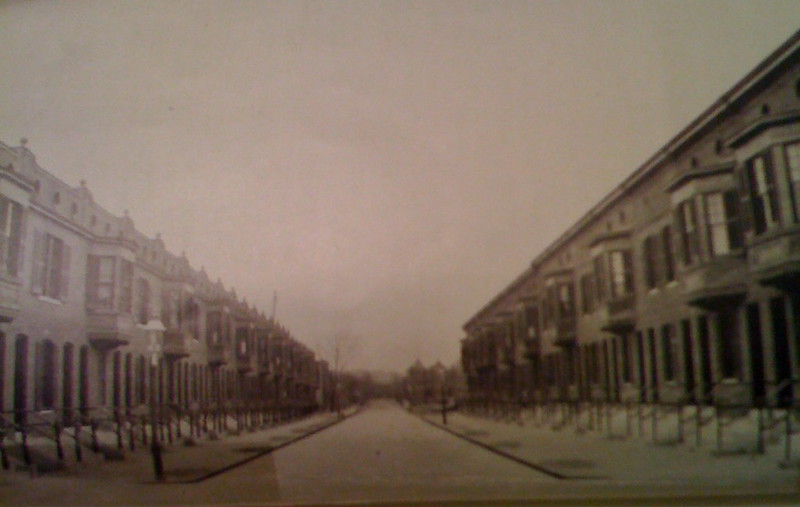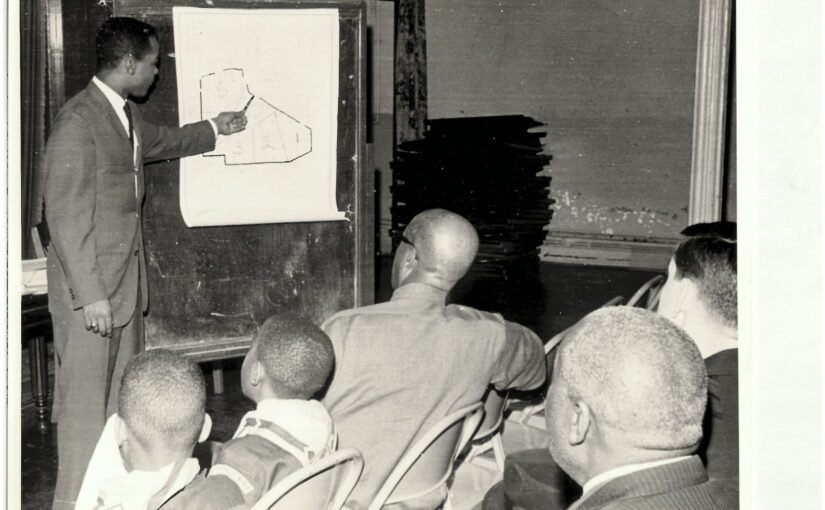The photo, as well as some others I took are from The History and Development of the Housing Movement in the City of Washington, D.C. published by the Washington Sanitary Improvement Company, which built the houses. The book starts off talking about unsanitary crappy housing in DC and how the Washington Sanitary Improvement Company (WSIC) was building alternatives to slummy housing, specifically crappy alley housing. Towards the middle of the book they start talking a bit more about the company as an investment. The directors consisted of the following:
David J. Brewer
Charles C. Cole
John W. Foster
Charles J. Bell
George Truesdell
Gardiner G. Hubbard
Anthony Pollok
Walter Wyman
Henry F. Blount
Mrs. George Westinghouse
Crosby S. Noyes
George H. Harries
William J. Boardman
William C. Woodward
Augustus S. Worthington
Henry Y. Satterlee
George L. Andrews
Bernard T. Janney
Mrs. Clara G. Addison
Willliam C. Whittemore
G. Lloyd Magruder
Joseph C. Breckinridge
Marcus Baker
Katherine Hosmer
Charles E. Foster
Simon Wolf
George M. Sternberg
S. Walter Woodward
George M. Kober
John Joy Edson
Maybe more later. Or not.


